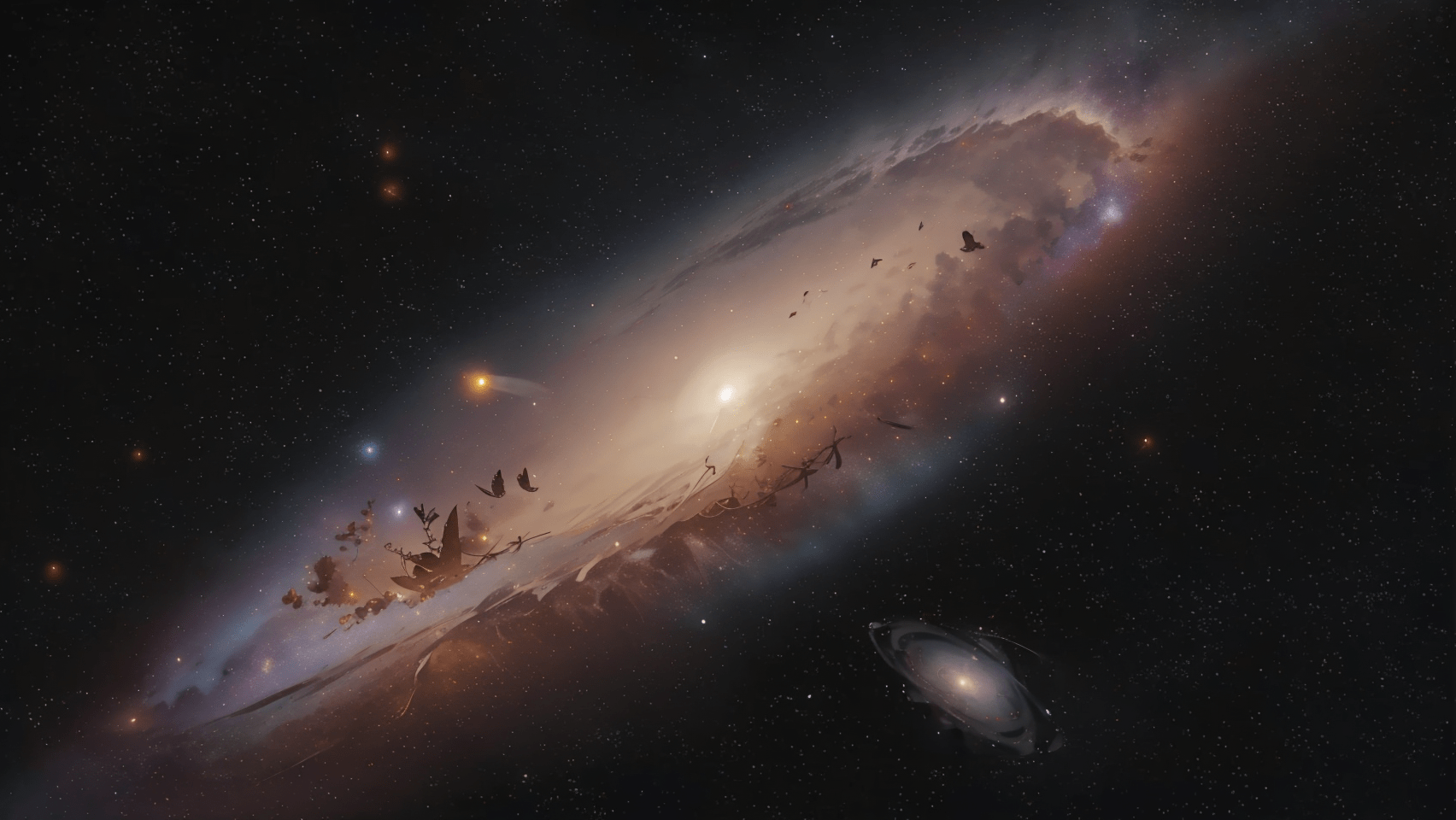In the depths of the night sky, far beyond the reaches of our own Milky Way, lie the mysteries of distant galaxies waiting to be explored. Among these celestial wonders, the Andromeda galaxy, also known as Messier 31 or M31, has long captured the fascination of astronomers. Recently, a breakthrough discovery by astronomers Kathryn F. Neugent and Philip Massey has added to the intrigue surrounding this neighboring galaxy.
Using the 4.3-meter Lowell Discovery Telescope (LDT), Neugent from the Harvard-Smithsonian Center for Astrophysics (CfA) and Massey from the Lowell Observatory embarked on an ambitious mission to observe the Andromeda galaxy. The aim was to shed light on the elusive and enigmatic Wolf-Rayet (WR) stars that reside within its vast expanse. The results of their endeavor were unveiled in a paper published on June 22 on the pre-print server arXiv.
Wolf-Rayet stars are known for their extreme heat, immense luminosity, and characteristic strong, broad helium emission lines. These stars represent a rare class of massive stars in the advanced stages of stellar evolution, shedding mass at an astonishingly high rate. Although a few hundred WR stars had been previously identified, most of them were found within the confines of our own Milky Way.
However, the recent observations using the LDST’s Large Monolithic Imager (LMI) have expanded our understanding of these captivating stars. Neugent and Massey’s research led to the detection of 19 new WR stars in the Andromeda galaxy. The improved imaging data and subsequent spectroscopic follow-up confirmed the existence of these celestial wonders.
The process of detection involved investigating 30 WR candidates with LMI in late 2021. The team then used the 6.5-meter MMT telescope to spectroscopically confirm 19 of these candidates in the second half of 2022. A significant majority of the newly discovered WR stars were of the WN type, characterized by their nitrogen-rich nature. Interestingly, these newfound WRs exhibited fainter magnitudes compared to the previously known sample in Andromeda due to slight increased reddening.
The groundbreaking discovery also highlighted the limitations of earlier surveys. The lack of observational sensitivity in prior efforts had prevented the detection of many WR stars, including those revealed in this latest research. The researchers noted that the median magnitude of the newly discovered WR stars, as seen through the WN filter of the LMI, is 21.0. This contrasts with the median WN magnitude of the 150 previously known WRs, which was 19.2.
The implications of these findings extend beyond the mere discovery of 19 new WR stars. Neugent and Massey estimated that around 60 more Wolf-Rayet stars remain undiscovered in the Andromeda galaxy. To pinpoint their locations, the researchers will focus on specific regions where WR stars are known to be concentrated, corresponding to their birthplaces.
The study also shed light on the overall ratio of WN-type to WC-type (carbon-rich) WRs within Andromeda, which remained unchanged with the inclusion of the newest findings. In their quest to complete the census of the WR stars’ population in this galaxy, the astronomers intend to continue their survey in the upcoming observing seasons. The expanded sample will facilitate a more accurate comparison with evolutionary models and enable a better understanding of the evolution and end states of massive stars.
The discovery of these 19 new Wolf-Rayet stars in the Andromeda galaxy marks a significant advancement in our knowledge of these mysterious stellar entities. As astronomers continue to unveil the secrets of the cosmos, this latest revelation underscores the limitless possibilities that lie beyond the confines of our own galaxy. With each new finding, we inch closer to comprehending the complex tapestry of the universe and the enigmatic wonders it holds.



